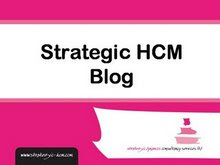I’ve been posting about Social Advantage for some time now.
Social Advantage expresses a combination of Social Capital and Competitive Advantage – which is what this blog is about.
I had thought about calling this blog ‘Social Advantage’ too, but couldn’t get the right url. However, I now have it, so this blog will shortly be moving to http://blog.social-advantage.com.
I still like the name ‘Competitive Society’ as an alternative description of the ‘New Social Business’ or even ‘Enterprise 2.0’, but I don’t think it would be the right title for my book.
Mind you, even ‘Social Advantage’ has other connotations:
- ‘My social advantage’ which appears to be a rather dodgy promotion scheme. I wouldn’t say it is / was a pyramid scheme, but other people certainly have.
- The principle of maximum aggregate welfare - a fundamental principle of public finance. This principle states that public finance leads to economic welfare when public expenditure and taxation are carried to that point where the benefit derived from the MU (marginal utility) of expenditure is equal to the marginal disutility of sacrifice imposed by taxation. In other words, maximum social advantage or aggregate welfare is the result of two contradictory and opposite forces. One, which tries to increase it… (you get the idea).
I guess there’s always going to be some drawbacks no matter what the name!
.









 I’ve been following the Enterprise 2.0 conference in Boston.
I’ve been following the Enterprise 2.0 conference in Boston.















